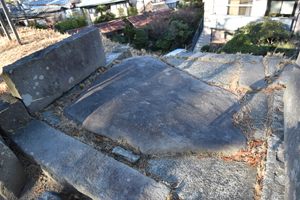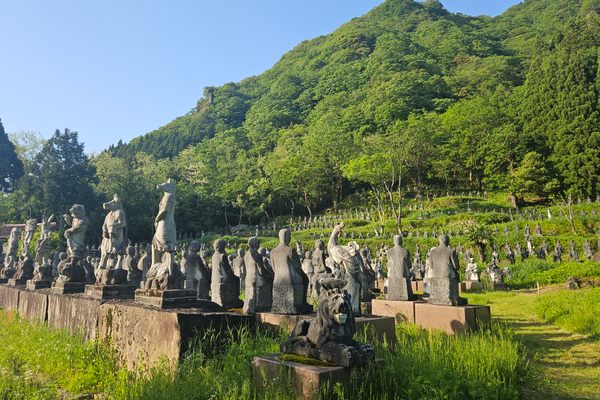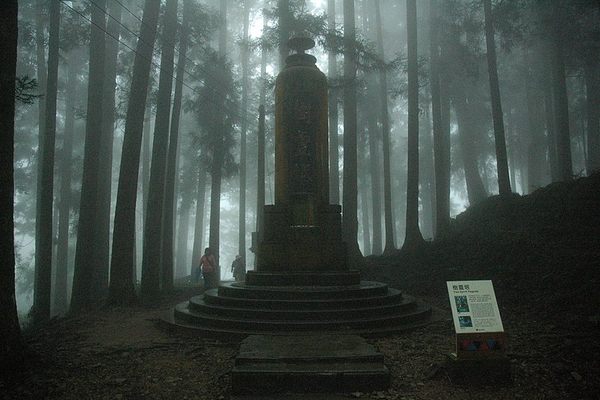About
On June 20, 1333, Lord Nitta Yoshisada launched a major attack on the Kamakura shikkenate, leading an army of 250,000 rebels. For the first ten days, he fought well in Musashi Province, before riding south to invade the capital.
Lord Nitta's rebellion was split into three troops, tasked to beat the narrow, naturally guarded mountain passes. The Battle of Kamakura went on for four days and saw the fall of the great city and the end of an era, culminating in the climactic battle of the Genkō War at Tōshō-ji Temple, now in ruins.
Today, the battlefield sites are commemorated with simple monuments. Suzaki, one of such sites, sits on the outskirts of Kamakura, away from the tourist-popular old town. This is where Moritoki, the ruling regent, fought against the rebels only to be defeated and perish alongside 90-odd of his men.
Believed to be the burial site of the fallen, if not Moritoki himself, the Nakitō (Crying Pagoda) of Jinde has stood here since 1356. A mysterious funerary pagoda, its background is largely unknown, except that it was likely erected by the locals to comfort the dead.
Several theories have attempted to explain the origin of this ominous, evocative nickname. Some say the wind makes it sound as if it was crying, while others claim that the pagoda was once relocated to a temple in Tebiro, but was returned here after the monks were terrified by the nightly crying sounds that it would make. Another theory is that it comes from naki-hito, meaning "ones without relatives."
Over the years, rumors grew and people believed that the Crying Pagoda was cursed. When much of the land here was purchased by the Imperial Navy in 1943, Jinde was to be flattened to make way for an arms factory, but the government had to give up the small plot of land after five deaths and numerous accidents happened during construction. Fear kept it standing as is even as the surrounding neighborhood was developed, and the strange hill sticks out even today, half-forgotten but haunted as ever.
Related Tags
Hidden Japan: Sado Island, Nara & Kyoto
Explore a different side of Japan.
Book NowCommunity Contributors
Added By
Published
August 1, 2024





















